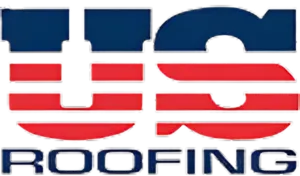Roof inspection is critical to the longevity and performance of any roofing system. It allows you to detect early signs of damage so that you can prevent a roof’s premature deterioration. That said, you should make it a point to check your roof on a regular basis, and not only after a storm when roof storm damage could have potentially occurred.

In this post, US Roofing discusses the various aspects involved in a roof inspection.
Material Inspection
This involves checking for loose, missing or curling shingles as well as missing flashing and rust. Contractors also inspect the seals and rubber boots around the vent pipes to ensure that there are no gaps or signs of deterioration.
Structural Inspection
During this part of a roof inspection, contractors usually look for uneven roof planes and sagging. They check the soffit, fascia, and gutter system and ensure that the chimney has no cracks, crumbling grout, or damage to the chimney cap. Roofers are also particular when it comes to attic ventilation since improper ventilation can result in a variety of issues including heat and moisture buildup, which can ultimately affect the performance and longevity of your roofing.
Interior Inspection
Roof inspections cover interior areas too, such as the attic, ceilings and walls. They typically look for rot, mold, water stains and other signs of water infiltration.
Workmanship Inspection
Contractors take note of the roofing workmanship as well. Shoddy installation can cause a number of problems like leaks and roof damage, so they have to watch out for any signs of poor handiwork.
US Roofing is a local company known for excellent workmanship. Whether it’s roof repair or flat roof roof replacements, we can handle any project with professionalism and keen attention to detail. Call us at (978) 532 6300 or fill out our contact form to request a free estimate.
